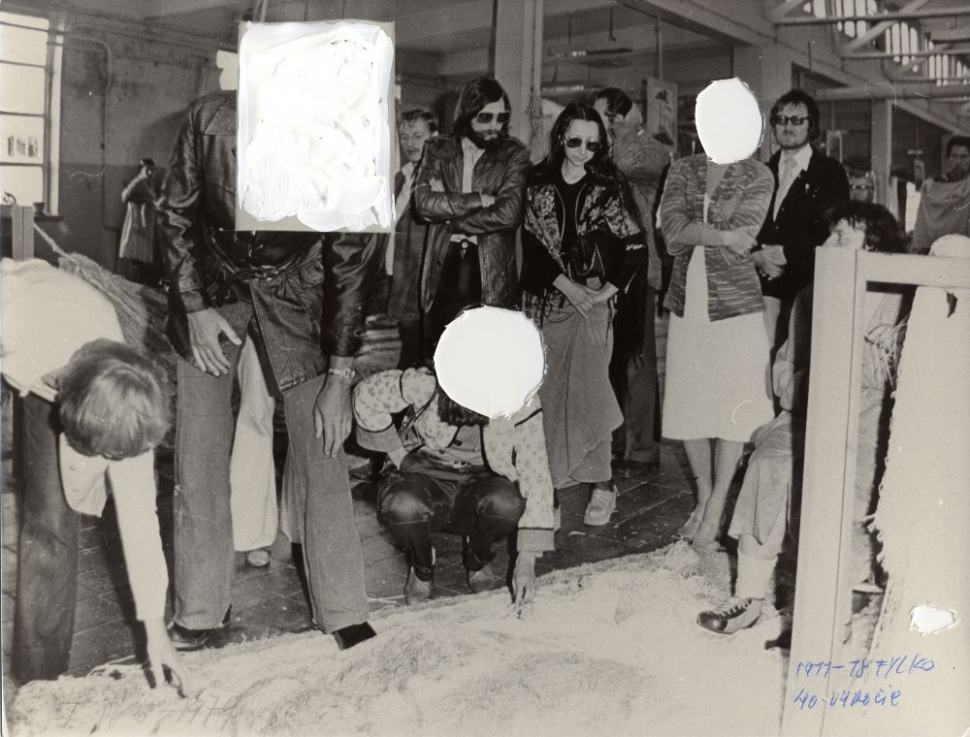FILKO was not only a founder of Slovak conceptual art, but also a key figure in Slovak Actionism. In 1965, together with theoretician Zita Kostrova and fellow artist Alex Mlynarčik, he wrote the manifesto “HAPPSOC” – an acronym that refers to happy society, to the relationship between happening and society, and, with no little irony, to happy socialism. In the spirit of this, Filko carried out actions during the May Day celebrations in which he used the public as a kind of ready-made, with the aim of freeing it from the monotony the monotony of everyday existence. The works in the Transcendence series were created before his emigration (1981) and are closely linked to his childhood experiences – he survived two clinical deaths in 1945 and 1952, one in a quarry and the other after a severe electric shock – and his interest in transcendental philosophy, cosmology and metaphysics. Initially, he replaced the body of the dead Christ with white “ghostly figures” in various reproductions (Master Pavel’s Altar – Lamentation of Christ – in Bratislava, Roger van der Weyden’s painting, The Descent from the Cross at the Prado Museum), and then the ghostly figures found their way into the artist’s apartment, his enlarged photographs of friends or exhibitions. The figurative “ghosts” were replaced in the second half of the 1970s by geometric objects (circles, rectangles) that made the face of a character invisible. The obscured, hidden heads not only make the absence visible, but also call presence into question and radically break the illusion of authenticity that the photograph is supposed to have.
